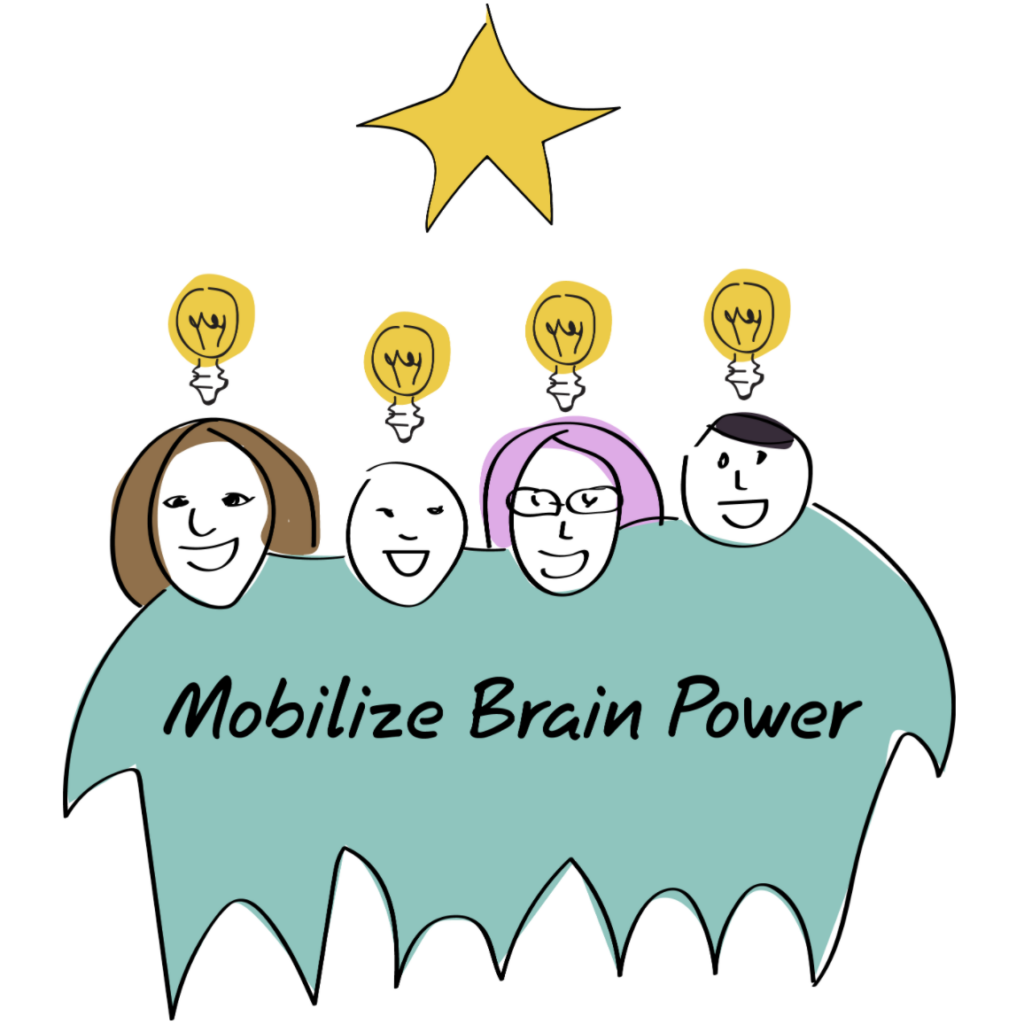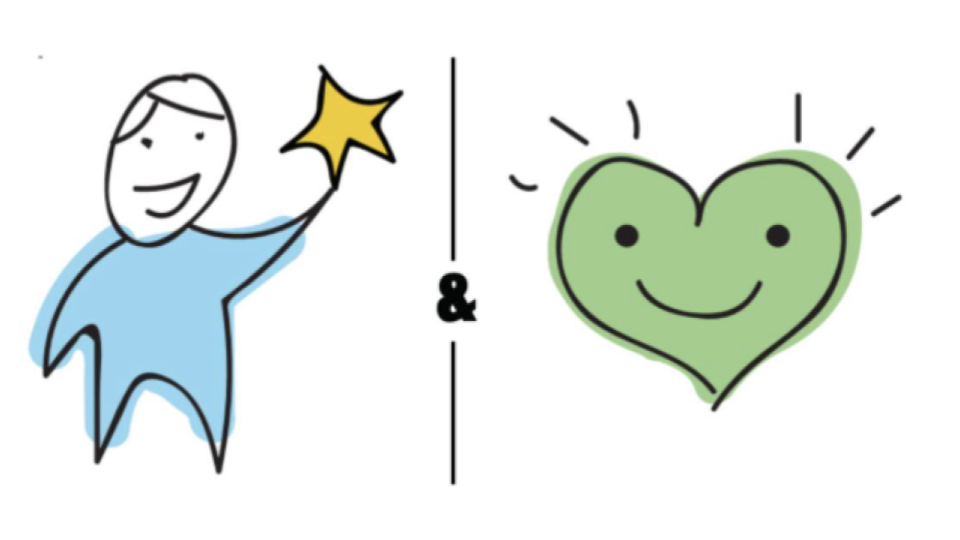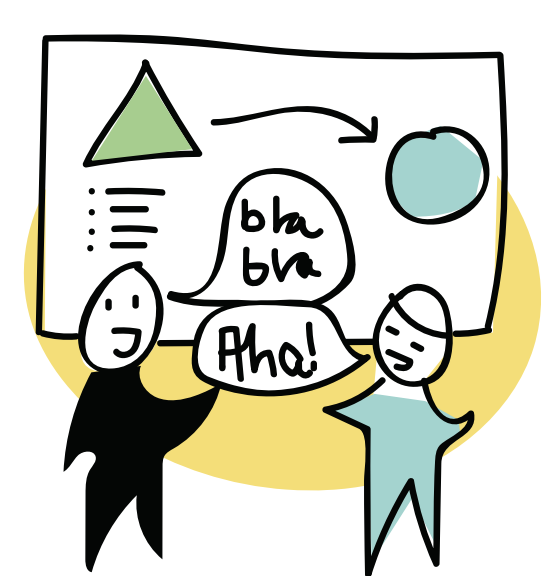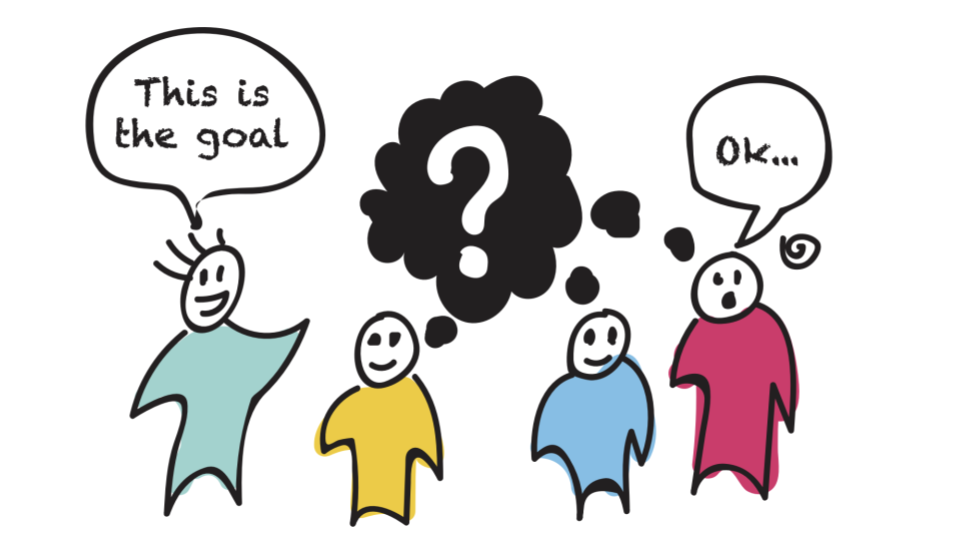As we explored in our previous post, people driving innovation and creativity think and work differently. Research has shown that within Science, Technology, Engineering and Mathematics (STEM) industries, there’s a higher than chance representation of autistic people and people with elevated autistic traits, or what Cambridge researchers call “systems thinking minds”.
Orienting themselves to concrete facts instead of context, they analyze information from the physical senses using objective logic and prefer evidenced-based approaches. Such individuals can be easily misinterpreted as “arrogant”, “aloof”, or “not a team player”, which often runs counter to the common notions of what makes a good employee… and can set them up to fail.
These differences need to be destigmatized and normalized because neurodiversity is the new normal.

Below are actionable strategies that you can take to help to unleash the brainpower of your neurodiverse talent and overcome the misinterpretations, assumptions, and differences that often sabotage their careers. They’ll help you to ensure high performance with a big heart.
You’ll find the strategies organized according to the three implicit expectations I shared in my past post along with real-life examples: the Mind Reading expectation, the Focus Fallacy, and Seeing the Forest for the Trees. The strategies shared were written in partnership with someone who is on the spectrum so are expressed from that perspective.
#1:- MIND READING EXPECTATION: This is the expectation that neurodiverse thinkers can intuit how you think and feel based on context and body language, and then decipher your preferred response without any direct communication. This is not the case. We are wired to focus deeply on one thing at a time and can, therefore, easily miss non-verbal or contextual cues. As a result, we can appear to be aloof, arrogant, uncaring or dismissive because we’re not picking up on the hint. Our intent is 100% positive. We just can’t read minds.
We need teams with norms in place that positively reinforce candid and direct communication, which may feel uncomfortable sometimes:
- Assume positive intent and stay curious about how we might have perceived the situation
- Directly tell how you’re feeling and thinking, and what you need from us
- Choose words that are candid, respectful, and concrete
EXAMPLE: A Neurodiversity pilot program in Chicago in 2015 was to formally launch in the second week of January, after Christmas break. The day before the launch, heavy snow hit the area and was rapidly accumulating. The program head sent a short email letting his new team know to work from home if temperatures went below 0. To his surprise, he received a barrage of anxious emails from each of his team members asking questions like, “what if it’s 1 degree above or below zero? Should we still stay home?”, “According to which weather app? They tend to be plus or minus a few degrees off from each other so I want to be sure.”, etc. The manager quickly sent out a message adding more concreteness and specificity around his expectations.
#2: FOCUS EXPECTATION: This is the expectation that neurodiverse thinkers can simply “tune out” all the background noise and produce amazing work in any context or environment, that focus is always a matter of choice or willpower. It’s also the expectation that neurodiverse thinkers can jump into a creative pursuit with others and flow as a team. This is not the case!
We have brains that are hardwired to be extra sensitive to everything going on inside and outside of us. In other words, we are distractible by design and don’t always know how to flow well with others.. We need environments and team norms that minimize distractions and make it easy to focus, work well together, and stay engaged.
- Provide us time and space for deep, uninterrupted focused work
- Make explicit where collaboration is needed in the work when it’s not obvious to us
- Agree, as a team, on what collaboration looks like (for us, on our context) in terms of specific expectations
- Agree, as a team, on working agreements and expectations around collaboration and revisit them regularly during retrospectives
EXAMPLE: During an Agile transformation at a bank in 2018, a Senior Developer in one of the new Scrum Teams was known for his brilliance but also his disdain at being interrupted by his team. Whenever anyone came to his desk with a question while he was coding, he’d snap at them and ask to be left alone so he could focus on his work. The Scrum Master recognized the detrimental impact of the Senior Developer’s behavior on the team, while at the same time, she saw that he was legitimately struggling to come in-and-out of such deep focus to address ad hoc needs. It was clear, to that Scrum Master, that this Senior Developer struggled with Neurodiverse attributes even though he was not formally diagnosed. During the next retrospective, the Scrum Master invited the team to create working agreements around how they could all help this Senior Developer stay in his flow-zone while also leveraging his insights and help. As a team, they created the agreement that the Senior Developer would have “office hours” at 10am and 2pm for any questions. And during the times between, there’d be a cue of sticky notes of questions the Senior Developer can address during his office hours. The plan worked beautifully. The Senior Developer got to have planned focus hours and then prepare himself mentally for interruptions, and the team got to use him as a valuable resource. Moreover, the team started answering their own issues on the stickies, which created even less reliance on the Senior Developer and positioned him as a mentor the team could check-in with as they tried things on their own.
#3: SEE THE FOREST FOR THE TREES EXPECTATION: This is the expectation that neurodiverse thinkers can always zoom out with you to see the entire forest, i.e., the bigger picture. We can’t because we’re actually inside of the forest obsessing over the uniqueness of each tree and piece of foliage! Our processing style tends to be bottom-up, rather than top-down, which means we start in the details and work our ways towards the generalities. While this style affords us unique and innovative insights, it also invites many questions and misunderstandings that can come across wrong to management.
We need communication that is direct, concrete, and specific, along with timely feedback. We need you to make your needs and expectations concrete and specific, along with feedback loops in place so we can gauge whether or not we’re on track and self-adjust accordingly. This includes specificity around the outputs and outcomes you’re after along with your implicit expectations around generalized behaviors such as “respect” and “collaboration”. Our detailed brains see uniqueness in everything and sometimes struggle to generalize. What may be obvious for you could be an entire spectrum of possibilities for us. Similar to the “Mind Reading Expectation”, this involves making the implicit more explicit so we can all stay aligned.
EXAMPLE: When introducing a team to the Scrum values, I invite them to take a few minutes to quietly write down what each value means to them and how it would look in terms of concrete behaviors. Each team member is then asked to share his or her responses while I take notes on a flip chart. Together, the team aligns on a shared version of each of the values that includes what the value is, what it means for them (i.e., why it matters), and what it looks like on their team in terms of actionable behaviors. They also align on “team agreements” around what collaboration looks like for them, as well as how they want to give and receive feedback from each other when a team agreement is perceived to be violated. The resulting working agreements are then revisited regularly during retrospectives and evolved as the team grows and matures together. I’ve found that making the implicit more explicit like this helps to minimize the chances of misunderstandings happening that could keep teams in the “storming” stage longer than necessary. Too often, I’ve seen team members assume negative intent towards those maverick members who seem “defiant” or “not team players” when really, in reality, the team agreements are simply not specific enough for everyone to be truly aligned.






